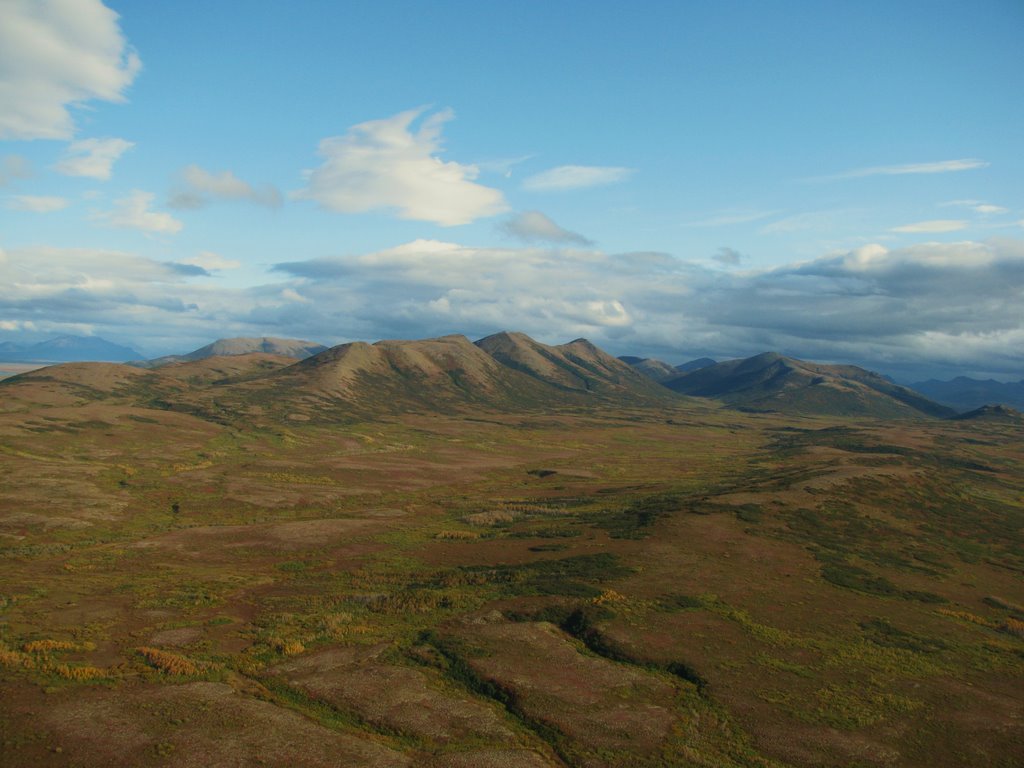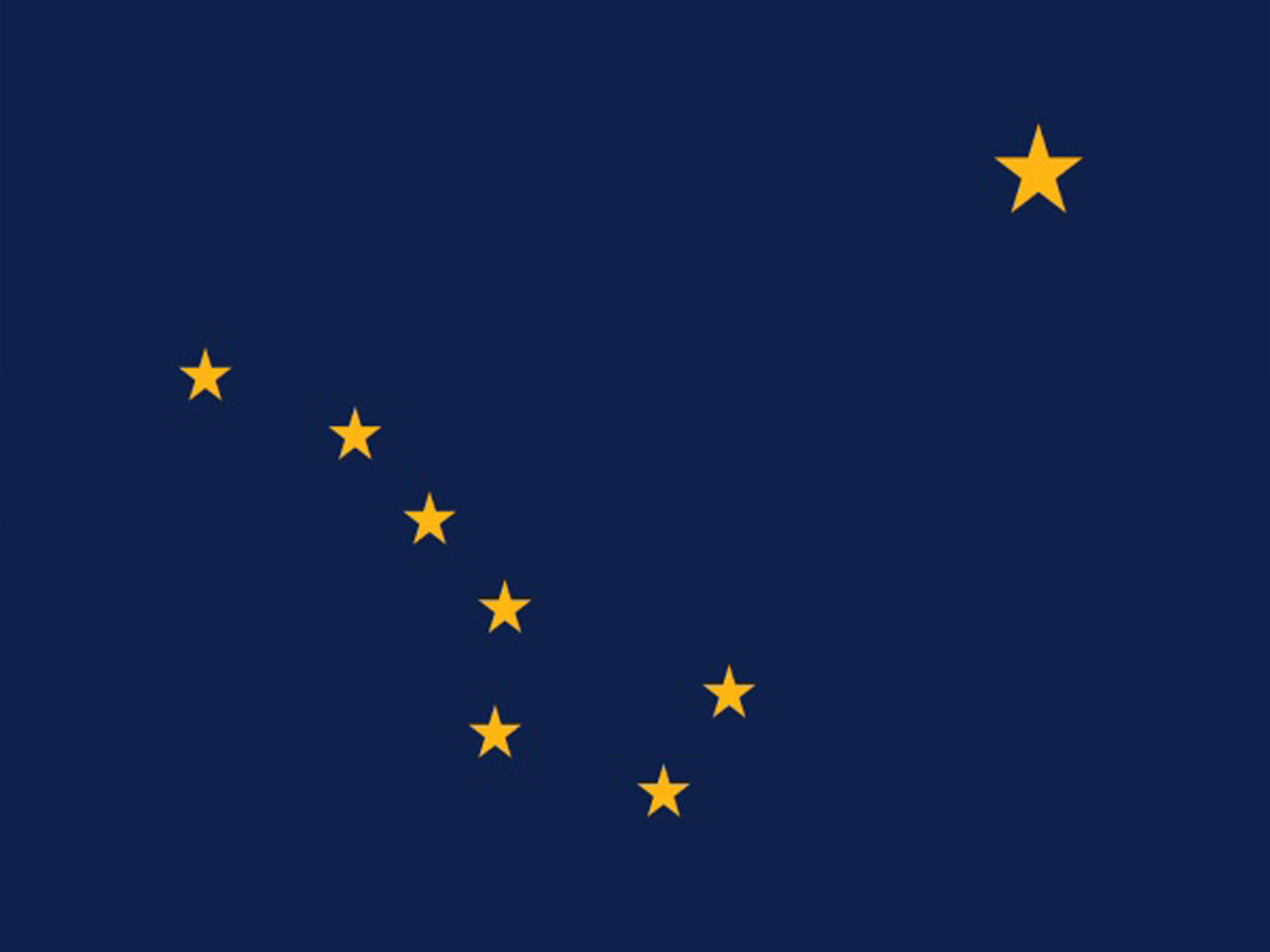Like the Bristol Bay Borough, Dillingham Census Area’s economic base is highly seasonal and predominantly driven by the harvest and processing of Bristol Bay sockeye salmon. The area has three onshore processing facilities and a number of floating facilities east of Dillingham in Nushagak Bay, and several more floating processors that operate near Togiak. The City of Dillingham is the center of economic, transportation, government, and public services in the area. Commercial fishing, fish processing, cold storage, and support of the fishing industry are the primary sectors that sustain the economy of the area. Other communities in the region are heavily involved in subsistence activities.

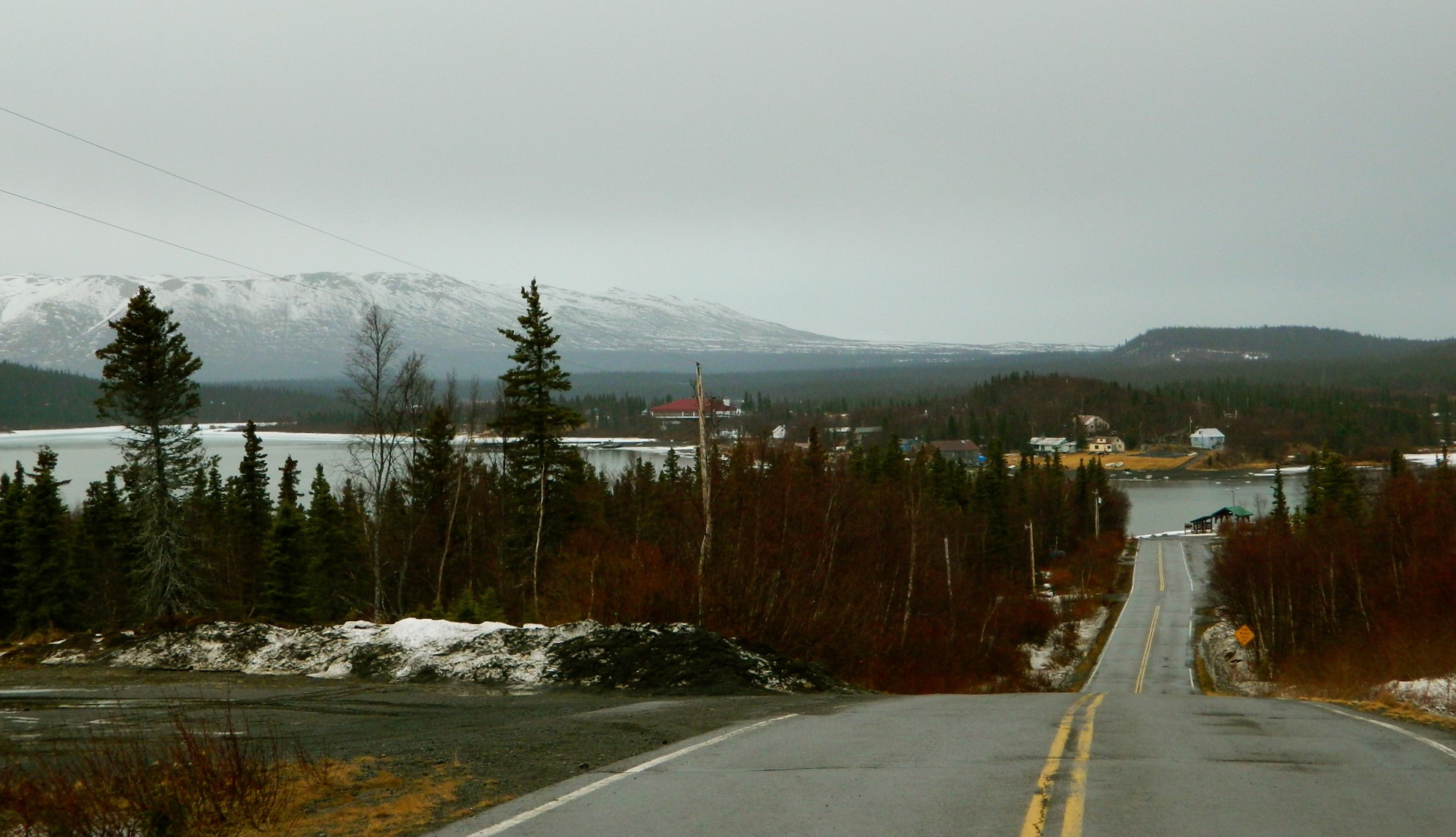
Aleknagik
Aleknagik is a second class city in the Dillingham Census Area, located 16 miles northwest of DIllingham at the head of Wood River on the southeast end of Lake Aleknagik.
In 1959, the state constructed a 25-mile road connecting the south shore to Dillingham. The road was passable only during the summer months, until the late 1980s, when it was upgraded and maintained year-round. In the fall of 2015, years of hard work and advocacy by residents paid off when the Wood River bridge was built, spanning the river and connecting the north shore to the road system. This bridge has brought the community closer together and has improved safety by reducing the need for dangerous river crossings.
Clark’s Point
Clark’s Point is a second Class City in the Dillingham Census Area. It is located on a spit on the eastern shore of Nushagak Bay, 15 miles south of Dillingham and 337 miles southwest of Anchorage.
The city was incorporated in 1971. The original village site has been plagued by flooding. A housing project in 1982 was constructed on high and safe ground on the bluff, and now the whole community of Clark’s Point has relocated to higher and drier ground on the bluff.
Photo Credit: DCCED; Div. of Community and Regional Affairs’ Community Photo Library
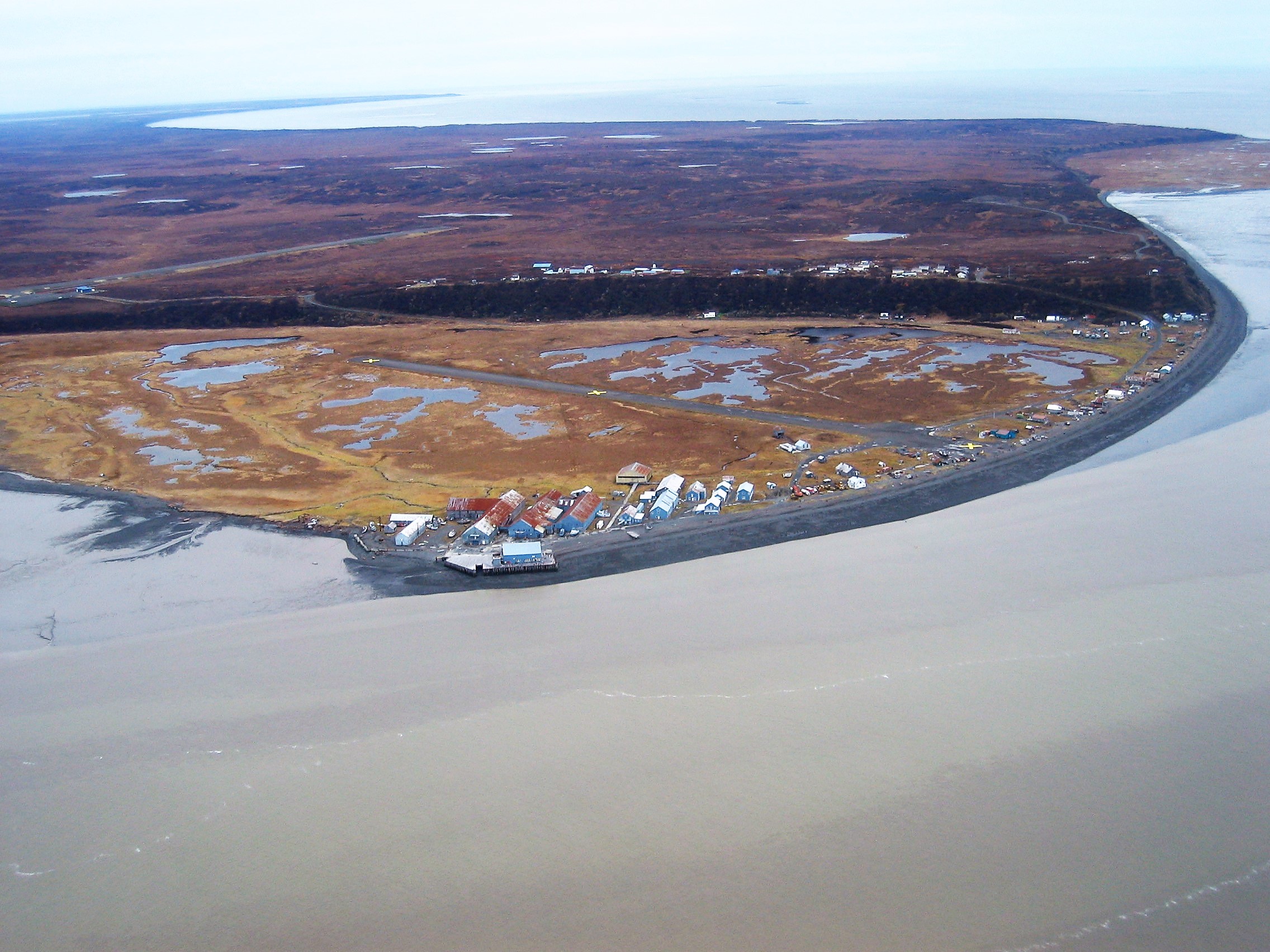

Dillingham
Dillingham is a 1st Class City in the Dillingham Census Area. It is located at the extreme northern end of Nushagak Bay at the confluence of the Wood and Nushagak Rivers. It lies 327 miles southwest of Anchorage.
The post office at Snag Point and the town were named after U.S. Senator Paul Dillingham in 1904, who had toured Alaska extensively with his Senate subcommittee during 1903. The 1918-19 influenza epidemic struck the region, and left no more than 500 survivors. A hospital and orphanage were established in Kanakanak after the epidemic, 6 miles from the present-day city center. The Dillingham townsite was first surveyed in 1947. The city was incorporated in 1963.
Koliganek
Koliganek is an unincorporated community within the Dillingham Census Area. Koliganek is located on the left bank of the Nushagak River and lies 65 miles northeast of Dillingham. The village hopes to get its own zip code, although it currently shares one with Dillingham.
Koliganek is an Eskimo village first listed in the 1880 Census as “Kalignak.” The name is local, recorded by the U.S. Geological Survey in 1930. Since that time, the village has moved four miles downstream from the original site.
Photo Credit: DCCED; Div. of Community and Regional Affairs’ Community Photo Library
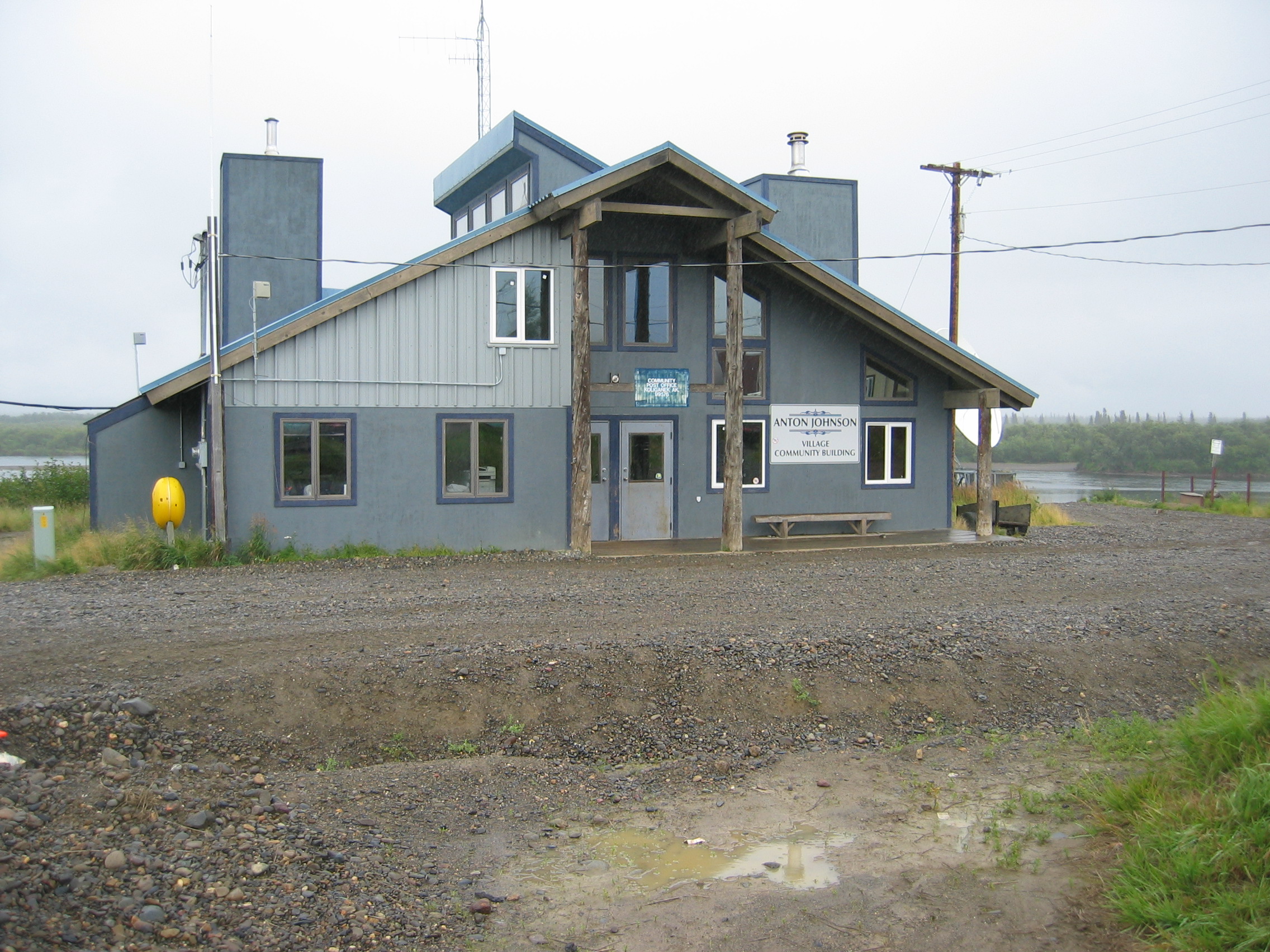
New Stuyahok
New Stuyahok is a second class city in the Dillingham Census Area. It is located on the Nushagak River, about 12 miles upriver from Ekwok and 52 miles northeast of Dillingham. The village has been constructed at two elevations – one 25 feet above river level and one about 40 feet above river level. An airstrip was built in 1961, and the 1960s saw a 40% increase in the village population. The city was incorporated in 1972.
Photo Credit: DCCED; Div. of Community and Regional Affairs’ Community Photo Library
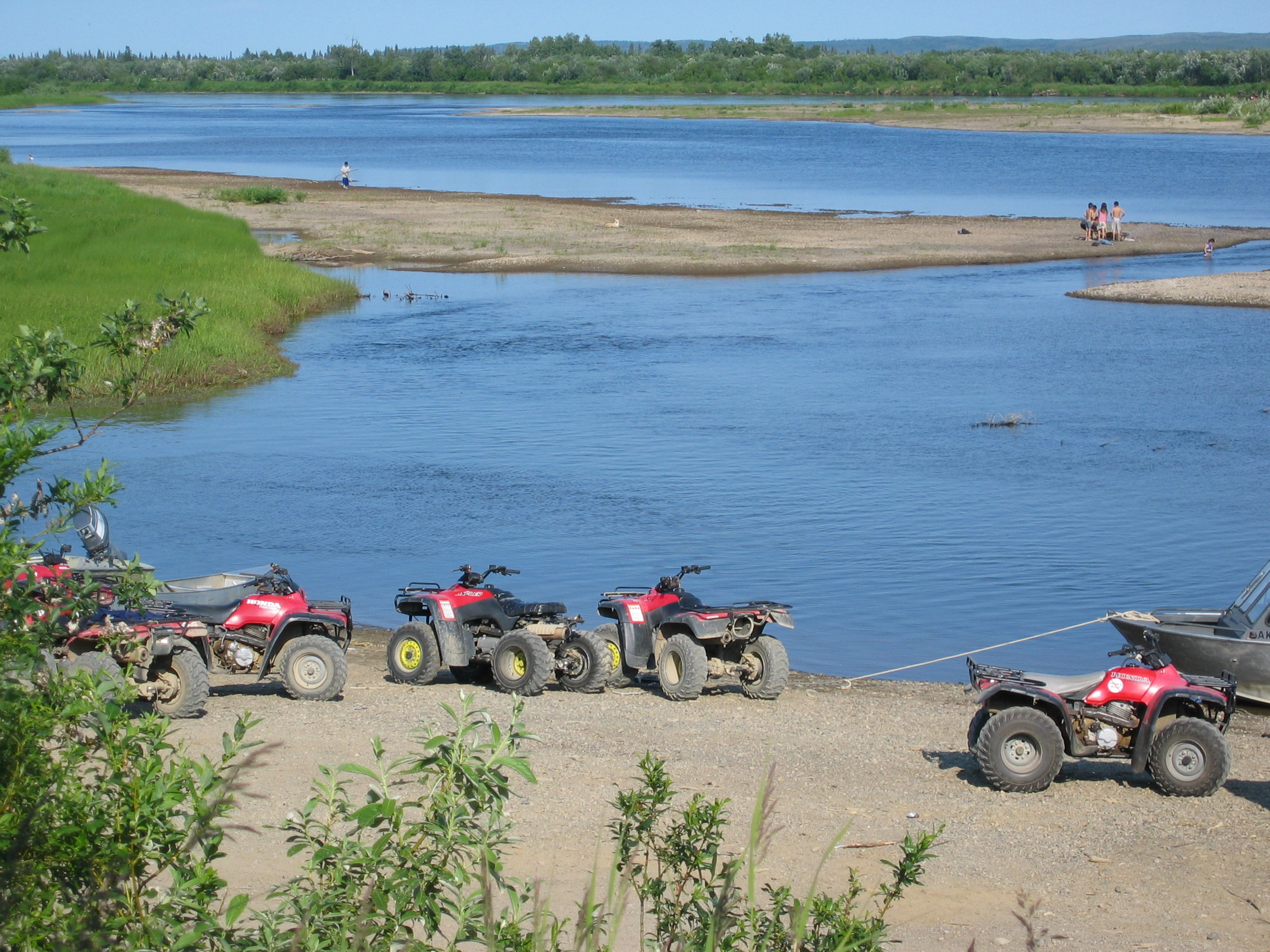
Twin Hills
Twin Hills is an unincorporated community in the Dillingham Census Area. It is located near the mouth of the Twin Hills River, a tributary of the Togiak River, 386 miles southwest of Anchorage. The village was established in 1965 by families who moved from Togiak to avoid the recurrent flooding there.
Photo Credit: DCCED; Div. of Community and Regional Affairs’ Community Photo Library
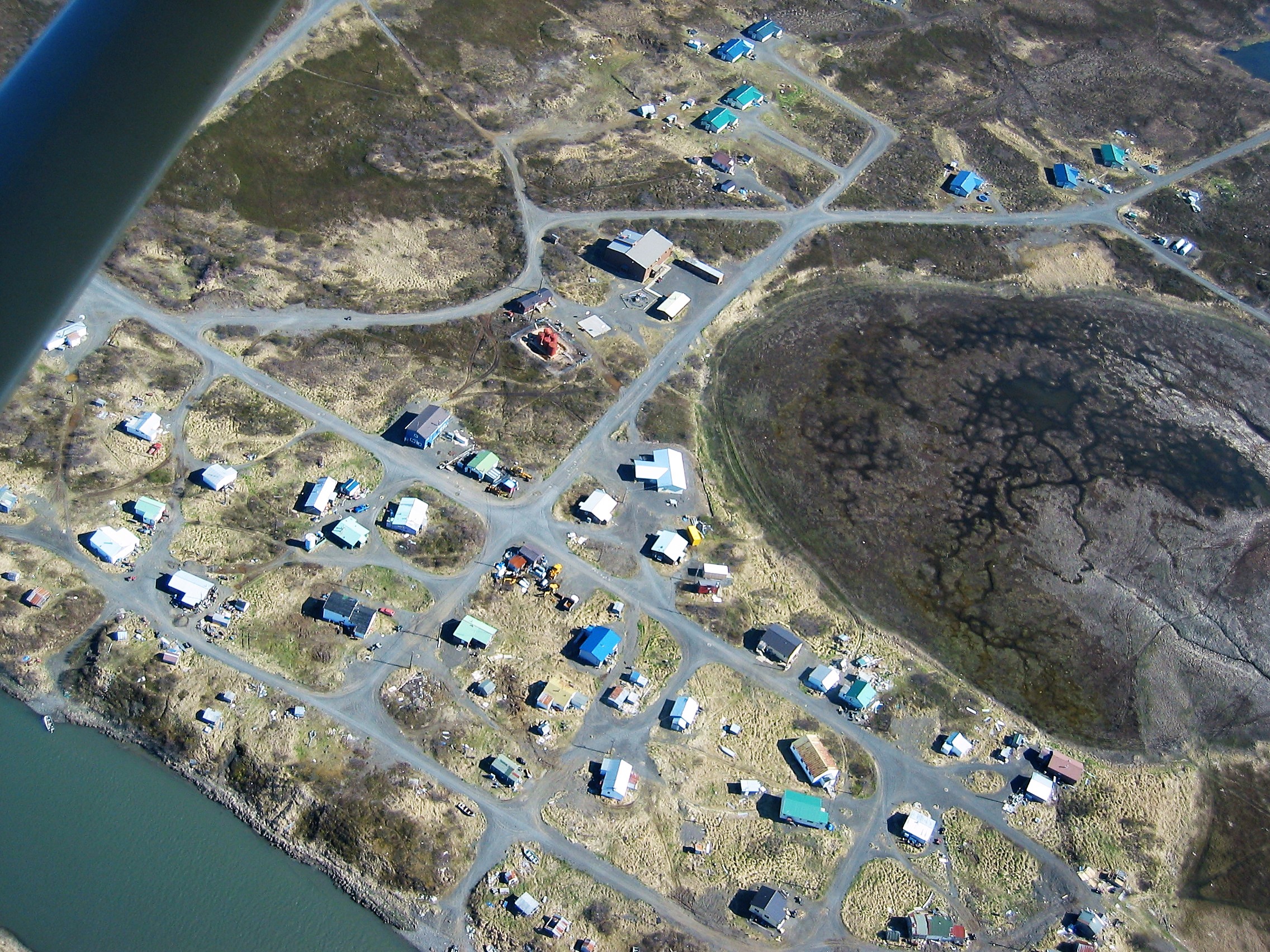
Togiak
Togiak is a second class city in the Dillingham Census Area. It is located at the head of Togiak Bay, 67 miles west of Dillingham. It lies in the Togiak National Wildlife Refuge and is the gateway to Walrus Island Game Sanctuary.
Three or four households left Togiak after the 1964 flood and developed the village of Twin Hills upriver. The city government was incorporated in 1969.
